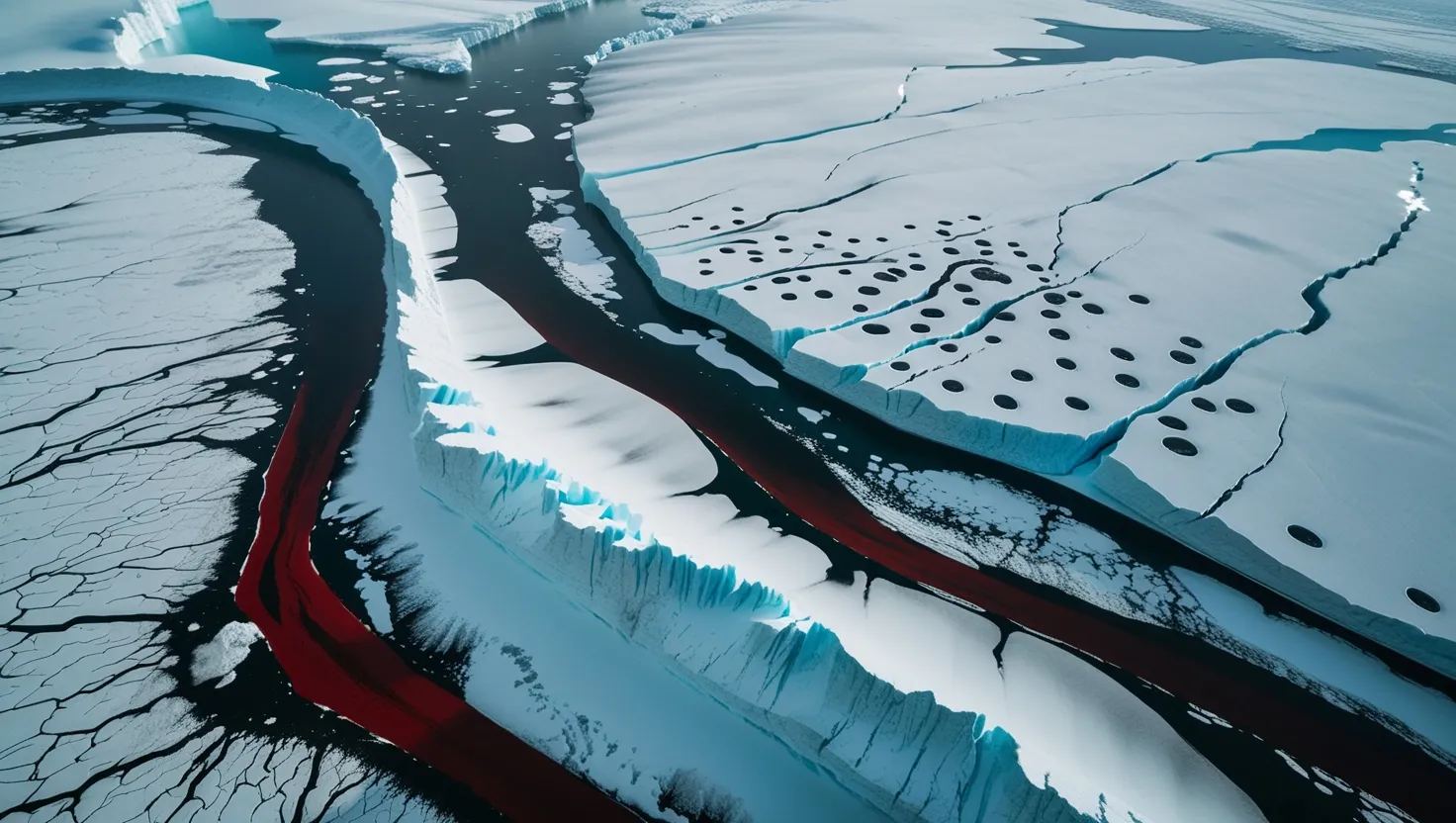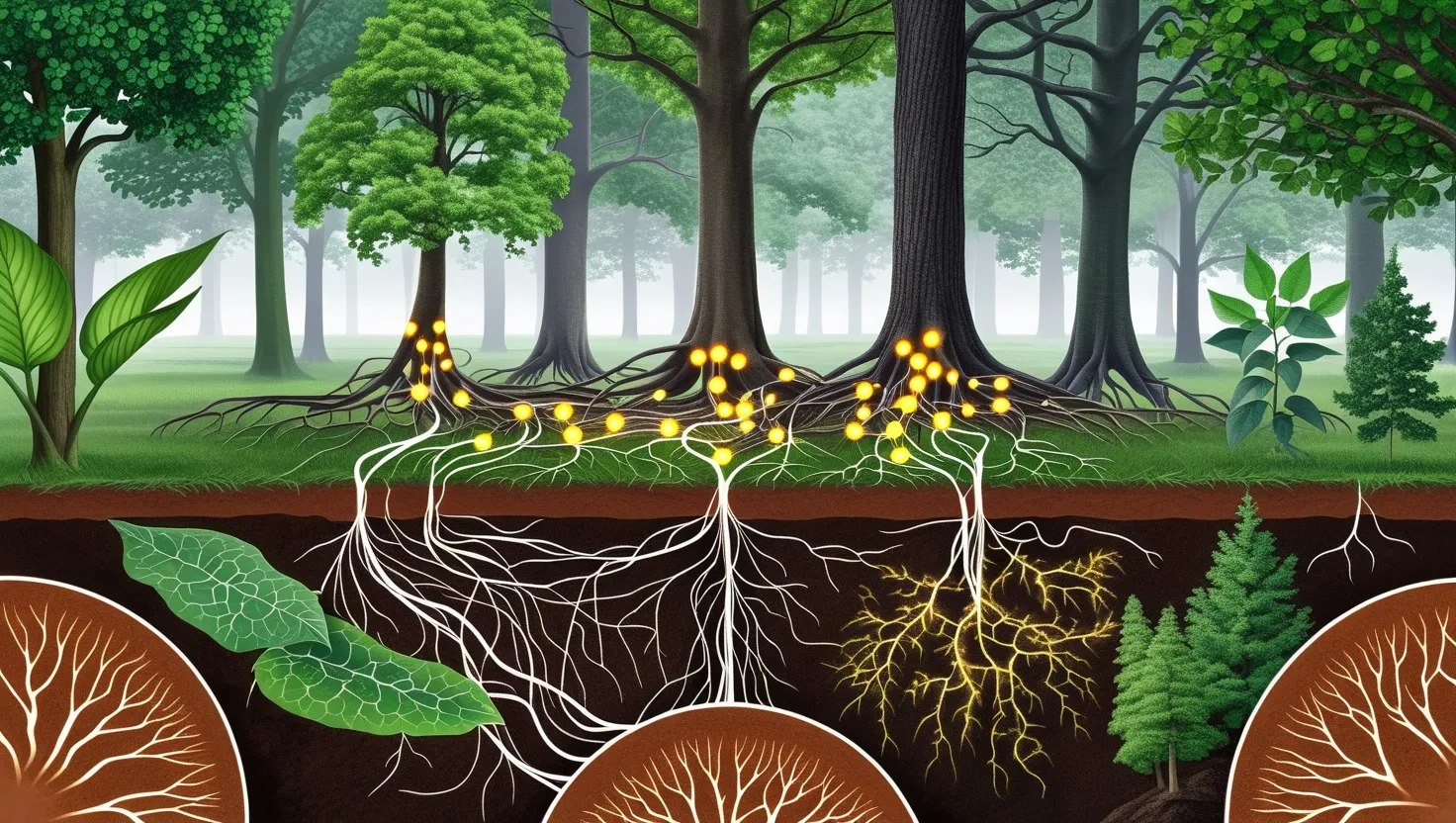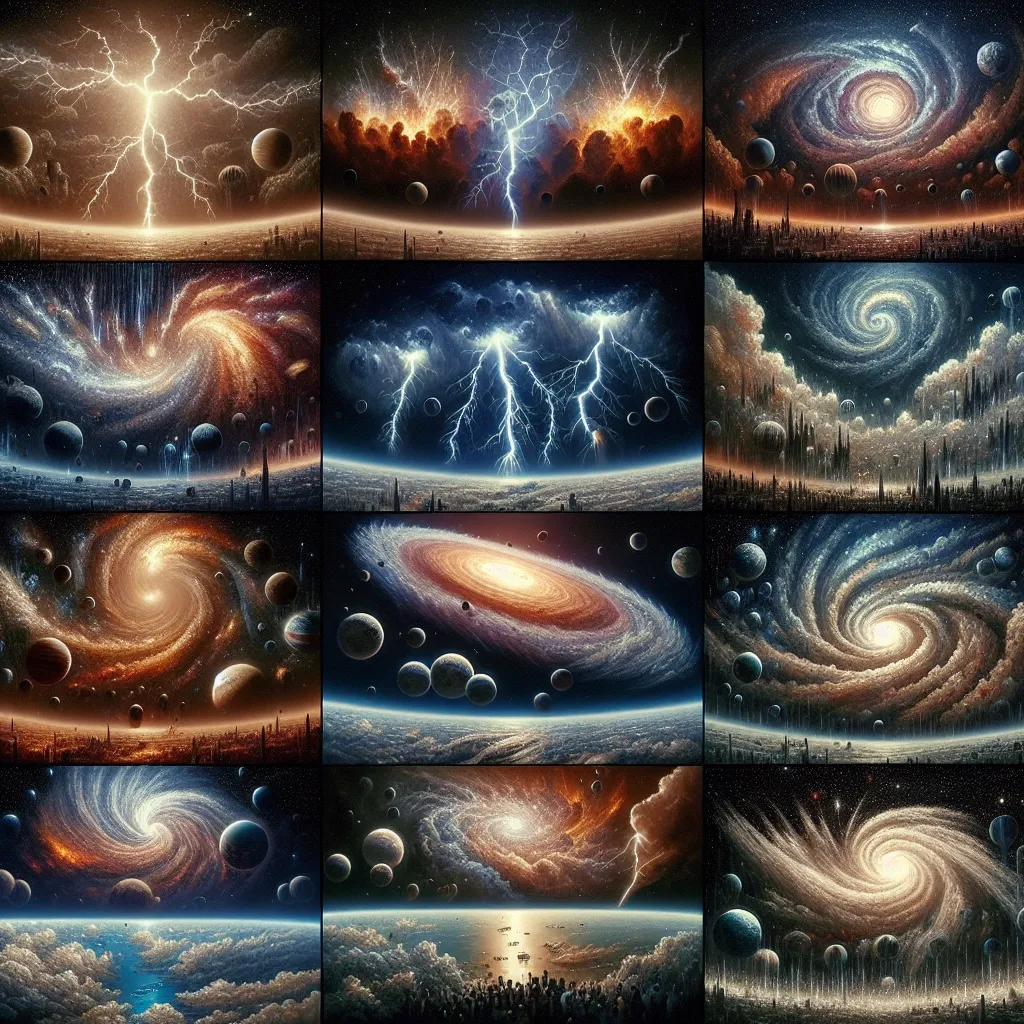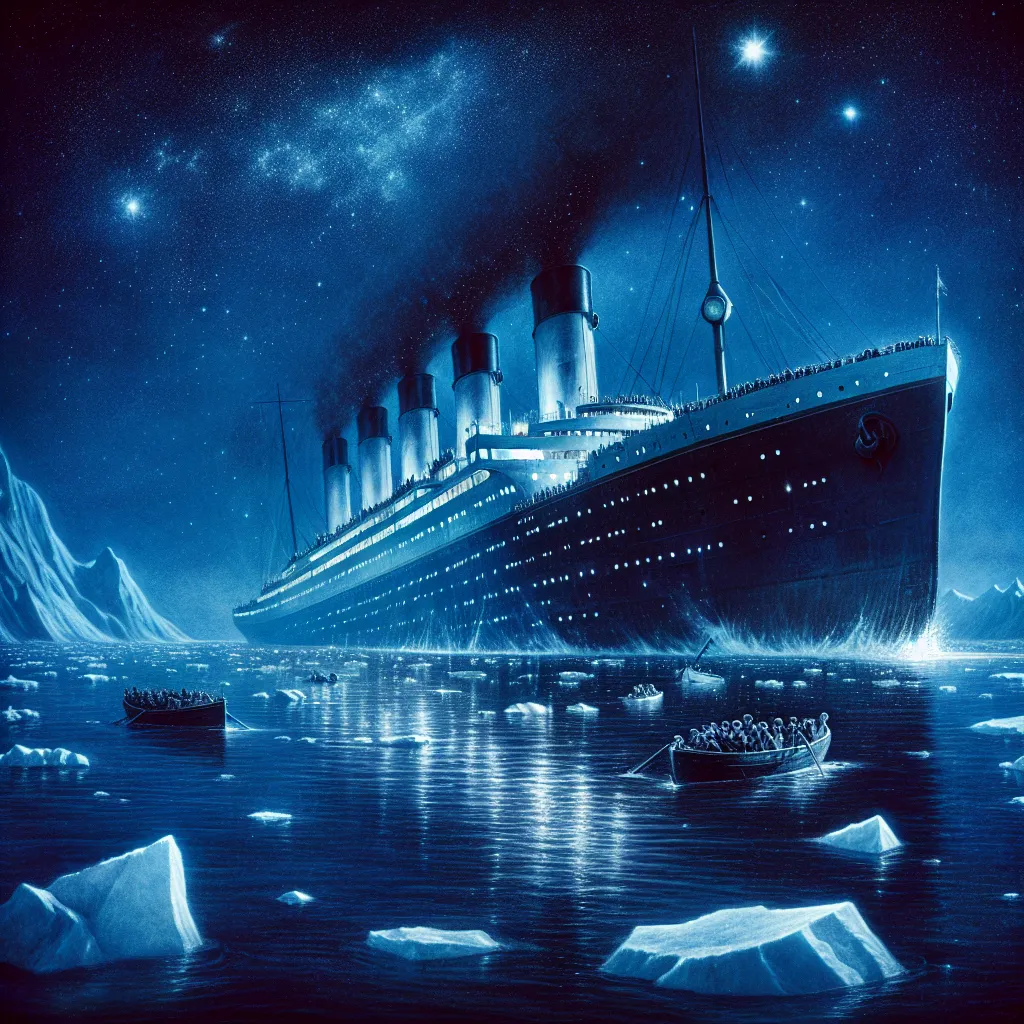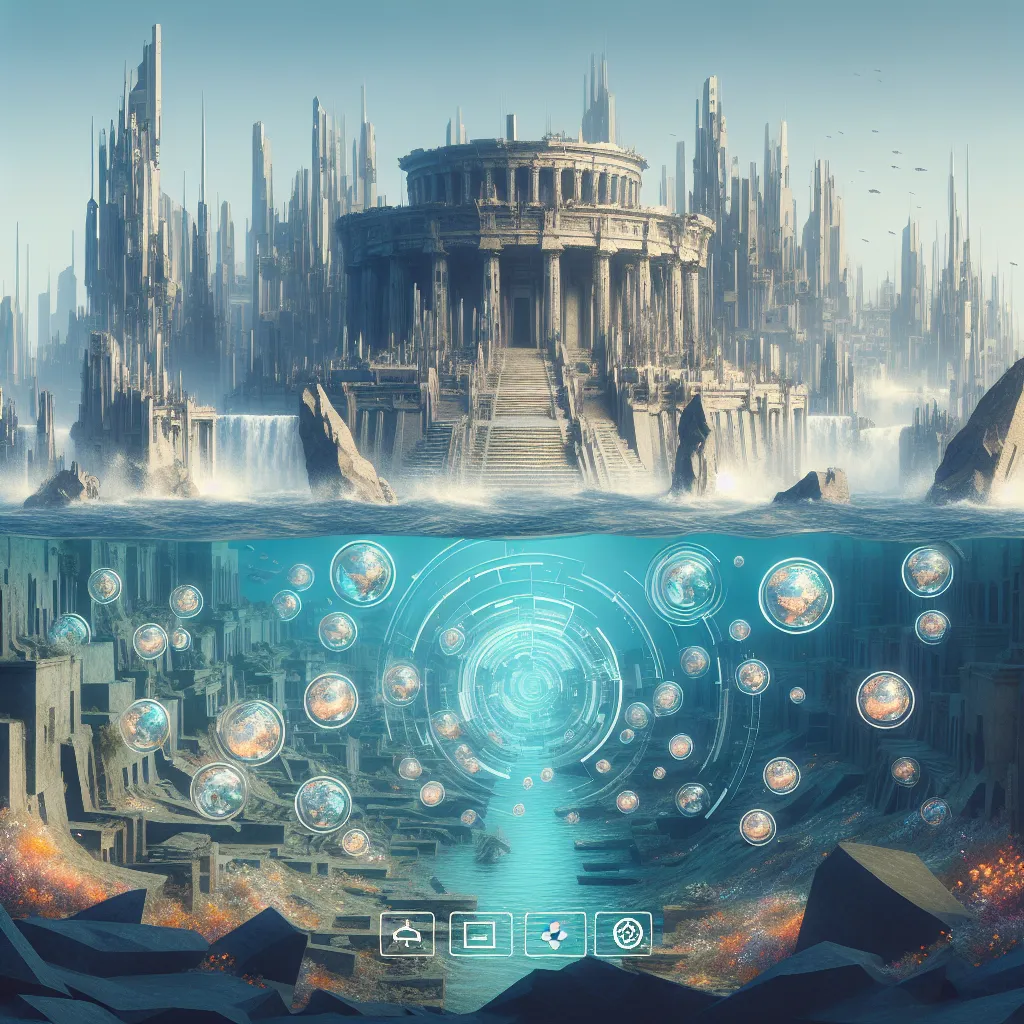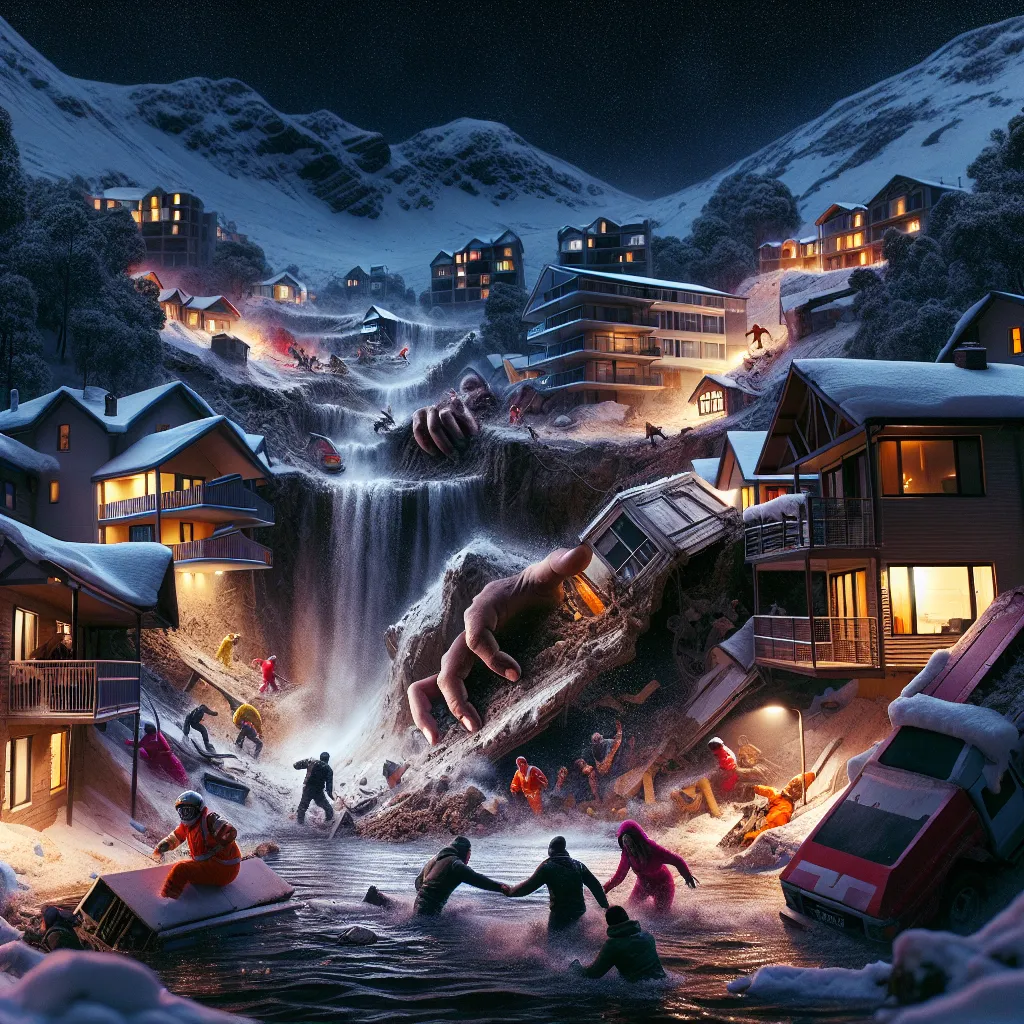If I asked you to picture the planet’s coldest places, would your mind flash to a static world of white, silent but for the crunch of boots on fresh snow? If so, I can assure you—the cryosphere is far from frozen in time or motion. The world’s glaciers, ice shelves, and frozen lakes are full of action, secrets, and phenomena that keep scientists guessing. The more we explore the frozen edges, the more we find that beneath the surface—sometimes literally—nature has written riddles we’re only starting to read.
Let’s talk about movement first. The way glaciers slide is an epic physics puzzle. For over a century, glaciologists have tried to pin down exactly how meltwater at the bottom of a glacier turns what should be a slow, grinding push into surprisingly rapid flows. You might imagine a great river of ice just gliding like a sled, but it’s far more intricate. There’s friction between the ice and the bedrock, yes, but it’s not constant. Water can lubricate—but not always in predictable ways. Under a thick glacier, pressure changes, ice deforms, rocks grind, and sudden shifts in the bed turn everything wild. Some models say water speeds things up, some say it slows things down. As much as we can watch glaciers from satellites, the real action is hidden deep at the base, far from our tools and eyes. We’re left modeling what we can’t see, feeding in data from field experiments, and sometimes making leaps based on little more than lab ice and intuition. The truth is that each glacier tells its own story, and we’re still learning to read the language.
“Science is the great antidote to the poison of enthusiasm and superstition.”
—Adam Smith
Now, let’s add some drama. Imagine the sky darkening, the air thick with tension—and without warning, the ice itself shakes. Not from the roar of a collapsing glacier edge, but from tremors deep within the frozen mass. These are ice quakes: bursts of seismic energy, often coming in swarms that baffle even the experts. Their triggers? That’s still up for debate. Is it meltwater seeping and freezing in hidden pockets, building up pressure until something gives? Is it the sheer thermal stress as temperatures shift? Or are there ancient fractures waiting for just the right moment to set off a series of jolts? What makes ice quake swarms so captivating is that they don’t always come with surface signs. No rolling boulders, no splintering noises—just a subtle shudder invisible to the naked eye but caught on sensitive instruments. These swarms challenge our ability to predict glacier stability. How can you anticipate change when the warning signs are silent and the rules keep changing?
Questions spring to mind: Could understanding the triggers of ice quakes help us better forecast dangerous glacier collapses? How do these hidden vibrations shape the landscape below the ice?
“The most beautiful thing we can experience is the mysterious. It is the source of all true art and science.”
—Albert Einstein
Among the unexpected is a biological twist: cryoconite holes. Picture walking on a high mountain glacier or the endless white of Greenland. Dotted across the surface are tiny, dark specks—dust, soot, and cosmic leftovers. These gather in small depressions, and as sunlight strikes, the dark particles soak up heat, melting little punch holes in the ice. But here’s where it gets truly fascinating. Within each hole, life thrives. Microbes colonize these small pools, building a little ecosystem that shapes how much sunlight gets absorbed by the glacier. Scientists have found that this community of microbes and dust can accelerate melting far more than plain ice alone. It’s a feedback loop—the more holes, the more absorption, the faster the melt, the more habitats for these resilient organisms. Yet we don’t fully understand how these biological crews change glacier behavior on a large scale. How big is their impact on regional melt rates? Could different communities make some glaciers more vulnerable than others?
Now, consider what happens further north. Every year, satellite images reveal a vanishing trick. Large arctic lakes appear on the tundra one spring, only to disappear nearly overnight. The culprit is usually permafrost—once a solid, frozen floor keeping lakewater put—that’s begun to crack with warmth. When the brittle ground gives way, the water drains, not upwards in evaporation but straight down into the earth, through new fissures. These abrupt drainage events are like pulling the plug on a giant cold-water tub. Why does one lake drain while its neighbor remains filled for years? The timing is as mysterious as the mechanics. These events matter far beyond curiosity—they can flush ancient carbon to the surface or downstream, change the local landscape for decades, and alter hydrological and ecological paths. As the arctic warms, predicting which lakes will drain and when becomes a pressing challenge for local communities and anyone trying to model global climate.
Have you ever wondered what it would look like to stumble on a true surprise, as if Mars had sent a postcard to Antarctica? That brings us to one of my favorite cryosphere mysteries: the so-called Blood Falls. Deep in the Dry Valleys of Antarctica, a cascade the color of rust trickles from the snout of Taylor Glacier. From a distance, it’s as if the ice is bleeding. It’s not a recent haunting; the colors come from a brine rich in iron, seeping up from a hidden, salty aquifer that was sealed off from the atmosphere for millennia. The water carries iron, and when it hits the surface, oxygen turns it red. But the intrigue only grows deeper: hidden within that brine are ancient microbes, isolated longer than any human civilization has existed. These microbes feast without sunlight, thriving on chemistry alone. Scientists are still mapping the brine’s subsurface pathways—how does it flow so reliably after being locked away for so long? What else is alive down there and how has it survived in such isolation?
“Somewhere, something incredible is waiting to be known.”
—Carl Sagan
By now, you might be asking: why do all these mysteries matter? Sometimes, it feels like the pursuit is simply for the thrill of discovery, the need to know what lies beneath. But there’s more. Every unsolved question about the cryosphere holds a key to understanding how Earth will change as the climate warms. Predicting how quickly glaciers will slide into the sea influences future coastlines. Understanding ice quakes gives clues to where and when hazards might appear—knowledge vital for those living near vast glacier systems. Each cryoconite hole is not just a biological curiosity but a cog in the machinery that sets the pace for ice sheet melt. Arctic lakes and their sudden vanishings quietly rewrite the story of how ancient carbon finds its way back into the atmosphere. The microbes of Blood Falls hint at survival strategies for life in extreme environments—on this planet and perhaps beyond.
When I reflect on what ties these mysteries together, what stands out is the constant dance between what we can see and what remains hidden. The ice records the past, shapes the present, and offers omens for the future. But much of its story is written out of sight, in dark cavities beneath glaciers, in silent shakes deep within the sheet, in tiny pools teeming with life, and in red waterfalls staining the edge of the world’s last true wilderness. Curiosity, persistence, and sometimes sheer luck drive us closer to answers. Yet, as in all great quests, each answer leads to new questions. How will changing temperatures rewrite the rules for each of these mysteries? What will happen as new technology lets us see further beneath the ice, or analyze ancient cells once sealed from air and sun?
If you’re fascinated by what lies beneath the surface, remember: our planet’s coldest corners are not as quiet as they appear. They are busy with questions waiting for those daring enough to seek them.
“Equipped with his five senses, man explores the universe around him and calls the adventure Science.”
—Edwin Hubble
So, the next time you see a photo of an endless icy expanse, let your mind wander. What secrets are locked in the silence? What stories are yet to shape the future? The real lesson of the cryosphere is not its coldness, but its power to surprise and teach—so long as we are bold enough to keep asking questions. If you could peer beneath the ice, what would you hope to discover?
